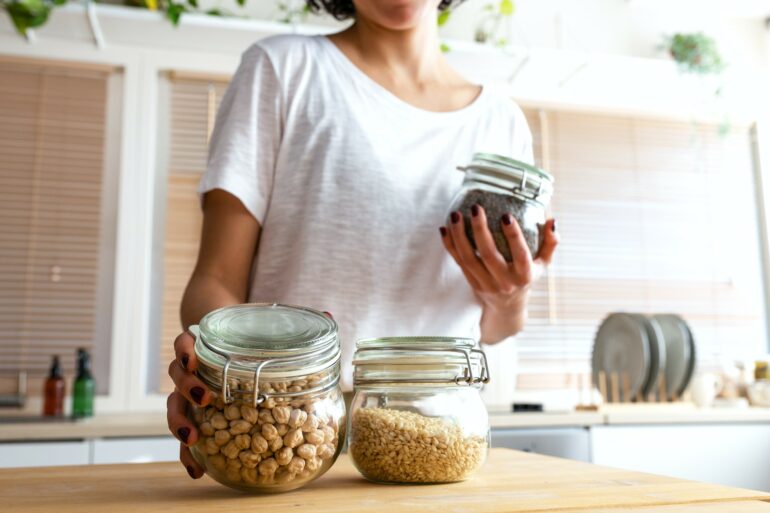Have you ever bitten into a nut or a piece of chocolate, expecting a smooth, rich taste, only to encounter an unexpected and unpleasant chalky or sour flavor? That taste is rancidity in action, and it affects pretty much every product in your pantry. Now artificial intelligence can help scientists tackle this issue more precisely and efficiently.
We’re a group of chemists who study ways to extend the life of food products, including those that go rancid. We recently published a study describing the advantages of AI tools to help keep oil and fat samples fresh for longer. Because oils and fats are common components in many food types, including chips, chocolate and nuts, the outcomes of the study could be broadly applied and even affect other areas, including cosmetics and pharmaceuticals.
Rancidity and antioxidants
Food goes rancid when it’s exposed to the air for a while – a process called oxidation. In fact, many common ingredients, but especially lipids, which are fats and oils, react with oxygen. The presence of heat or UV light can accelerate the process.
Oxidation leads to the formation of smaller molecules such as ketones, aldehydes and fatty acids that give rancid foods a characteristic rank, strong and metallic scent. Repeatedly consuming rancid foods can threaten your health.
Fortunately, both nature and the food industry have an excellent shield against rancidity – antioxidants.
Foods turn rancid from a process called oxidation.
Antioxidants include a broad range of natural molecules, like vitamin C, and synthetic molecules capable of protecting your food from oxidation.
While there are a few ways antioxidants work, overall they can neutralize many of the processes that cause rancidity and preserve the flavors and nutritional value of your food for longer. Most often, customers don’t even know they are consuming added antioxidants, as food manufacturers typically add them in small amounts during preparation.
But you can’t just sprinkle some vitamin C on your food and expect to see a preservative effect. Researchers have to carefully choose a specific set of antioxidants and precisely calculate the amount of each.
Combining antioxidants does not always strengthen their effect. In fact, there are cases in which using the wrong antioxidants, or mixing them with the wrong ratios, can decrease their protective effect – that’s called antagonism. Finding out which combinations work for which types of food requires many experiments, which are time-consuming, require specialized personnel and increase the food’s overall cost.
Exploring all possible combinations would require an enormous amount of time and resources, so researchers are stuck with a few mixtures that provide only some level of protection against rancidity. Here’s where AI comes into play.
A use for AI
You’ve probably seen AI tools like ChatGPT in the news or…
